-
Do Americans really frown with their mouths?
I saw this widely shared on Twitter and wondered if this frown analysis were an oversimplification of reality: On the other hand, it may be true. It would explain why (American-made) frowny emoticons have no eyebrows to speak of. This explains why the frowny emoticons have never looked satisfying to me. They just look mildly […]
-
Tom Barling Illustrations?
A while back I blogged about Thirteen O’Clock by Enid Blyton, illustrated by Tom Barling. There is remarkably little on the Internet about Tom Barling considering how much work he produced. Perhaps you are knowledgeable about this English illustrator and can tell us whether the following illustrations are indeed by him? We have good reason […]
-
The Gingerbread House In Hansel And Gretel
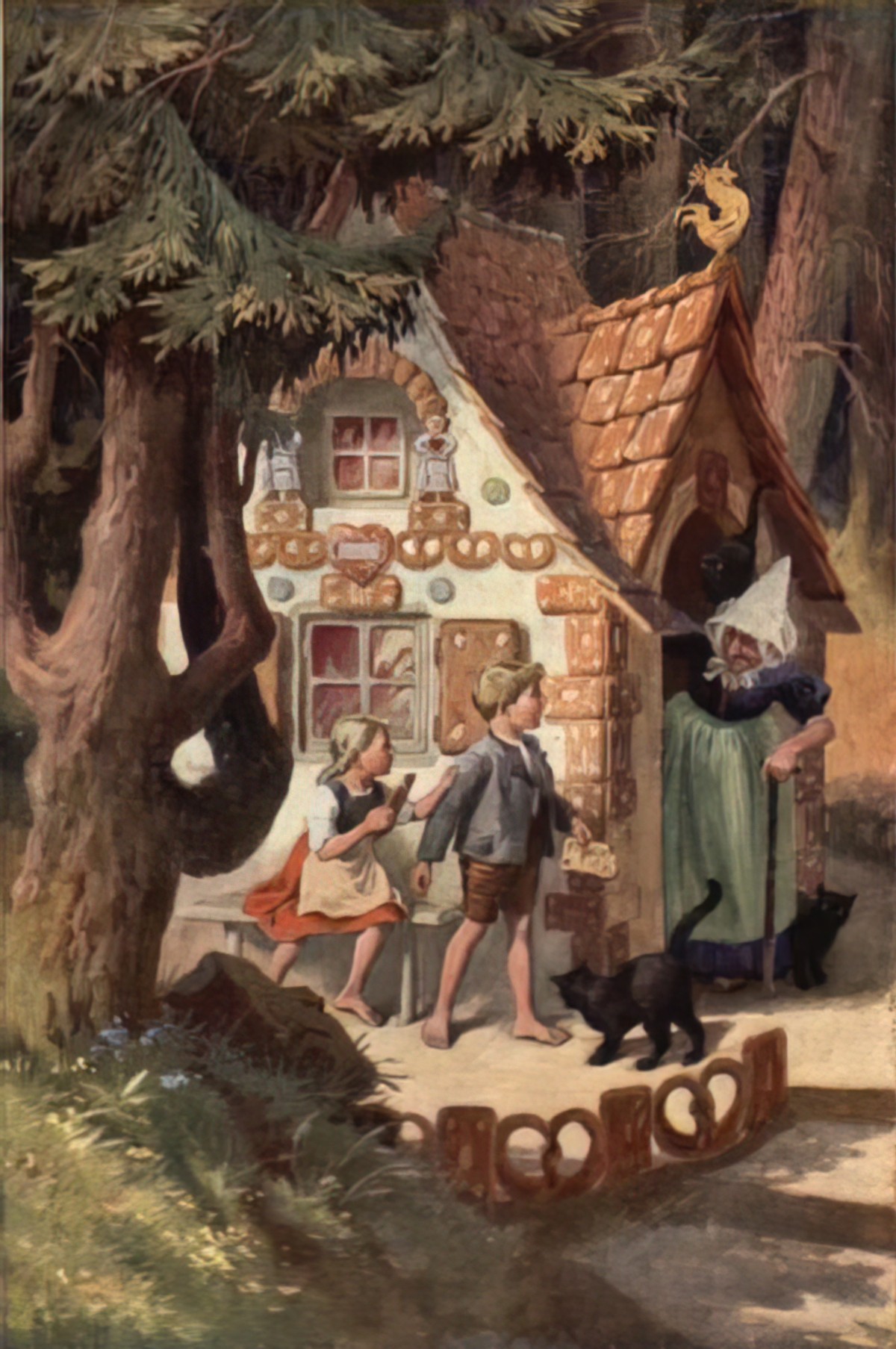
When artists choose to illustrate a single narrative moment, they make a choice of lasting importance, because their illustration creates a memorable impression for an entire story, one that visually anchors an impression of that story in its reader’s memory. Illustration history is full of such memorable moments. In the illustration history of Grimm’s Tales, one image predominates, that of…
-
Playfulness In Storytelling and Art
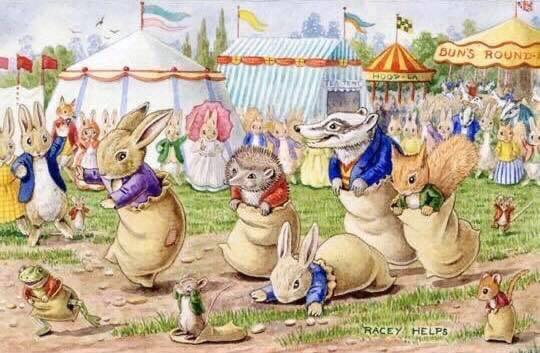
As God contains all good things, He must also contain a sense of playfulness — a gift he has shared with Creatures other than ourselves, as witness the tricks Crows play, and the sportiveness of Squirrels, and the frolicking of Kittens. Margaret Atwood PUTTING ON A SHOW PARTY GAMES PLAYING AT THE SEASIDE PLAYING GROWN-UPS […]
-
Digital Art Software I Have Tried
Earlier this week I compared two similar digital art programs, Artrage 5 and Rebelle 3. Rebelle 3 has just been released. Those are my top picks for illustrators who don’t want to fork out the big (ongoing) bucks for Adobe products or for Corel Paint (which I didn’t like anyway, last time I used it). Here […]
-
Artrage 5 or Rebelle 3? Software Review
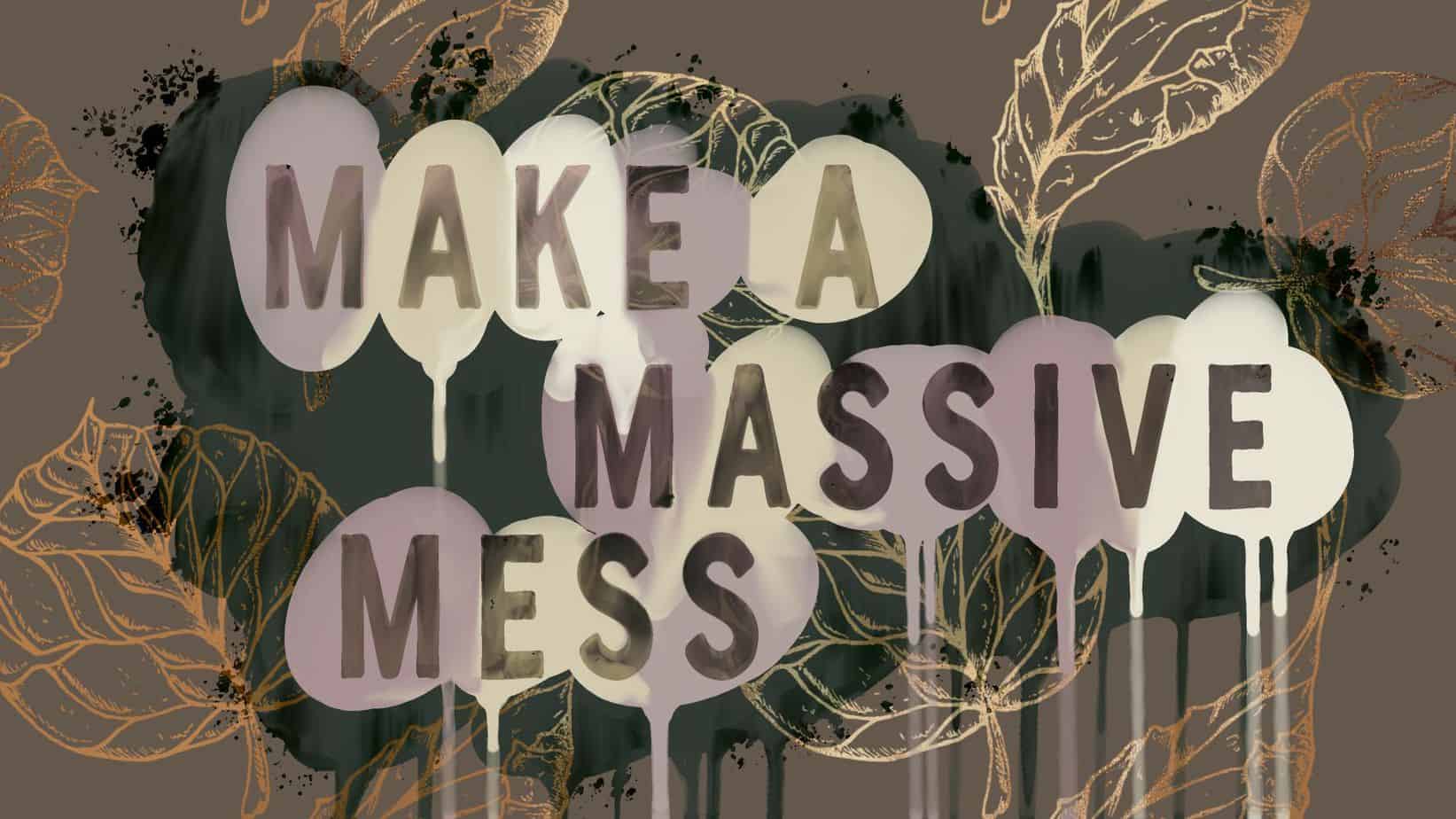
Artrage by Ambient Design, and Rebelle, by Escape Motions, are in some ways similar. They are both excellent, lower-priced digital art software which replicate real-world media and painting techniques. With both, you can pick up your pen and start drawing right away. If you have to choose, which should you buy? In my case, would […]
-
Great Gifts For Young Artists
I have a nine-year-old daughter who loves stationery. As a kid I loved stationery too, and now I am an illustrator. These days, if I’m buying for a young artist I give great gifts. (A #lessersuperpower?) I love buying art supplies almost as much as I love using them. Reason for this post: Stationery is […]
-
Synoptic Narrative In Picture Books
A synoptic narrative depicts a single scene in which a character or characters are portrayed multiple times within a frame to convey that multiple actions are taking place. Synoptic is the adjective of synopsis. The sequence of events in synoptic art is unclear. Synoptic narratives typically provide visual cues that convey the sequence, but still […]
-
Pirates in Art and Storytelling
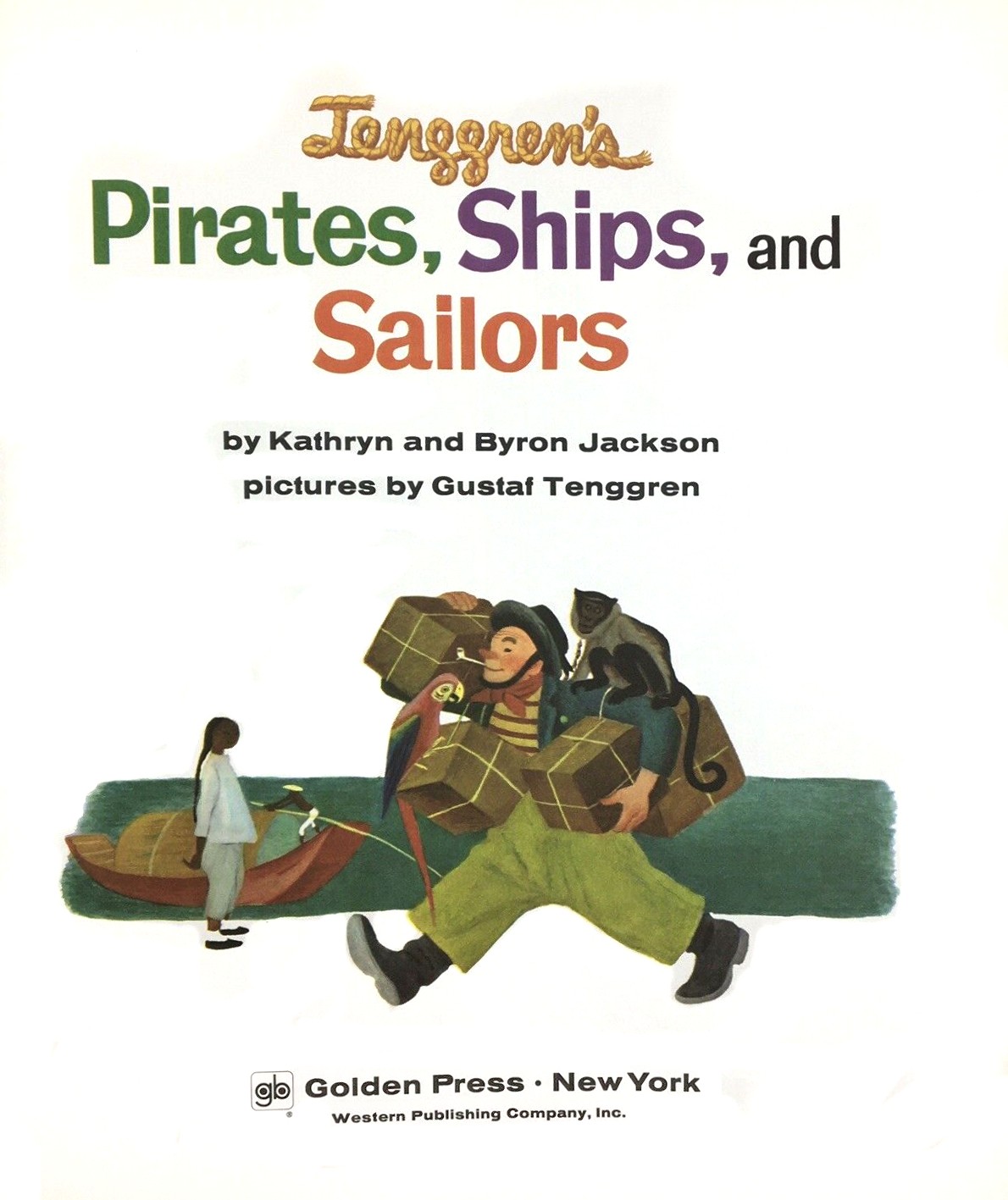
It is absolutely bizarre that we romanticise criminals the way we romanticise pirates but there we have it.
-
What Colour Is Your Sun?
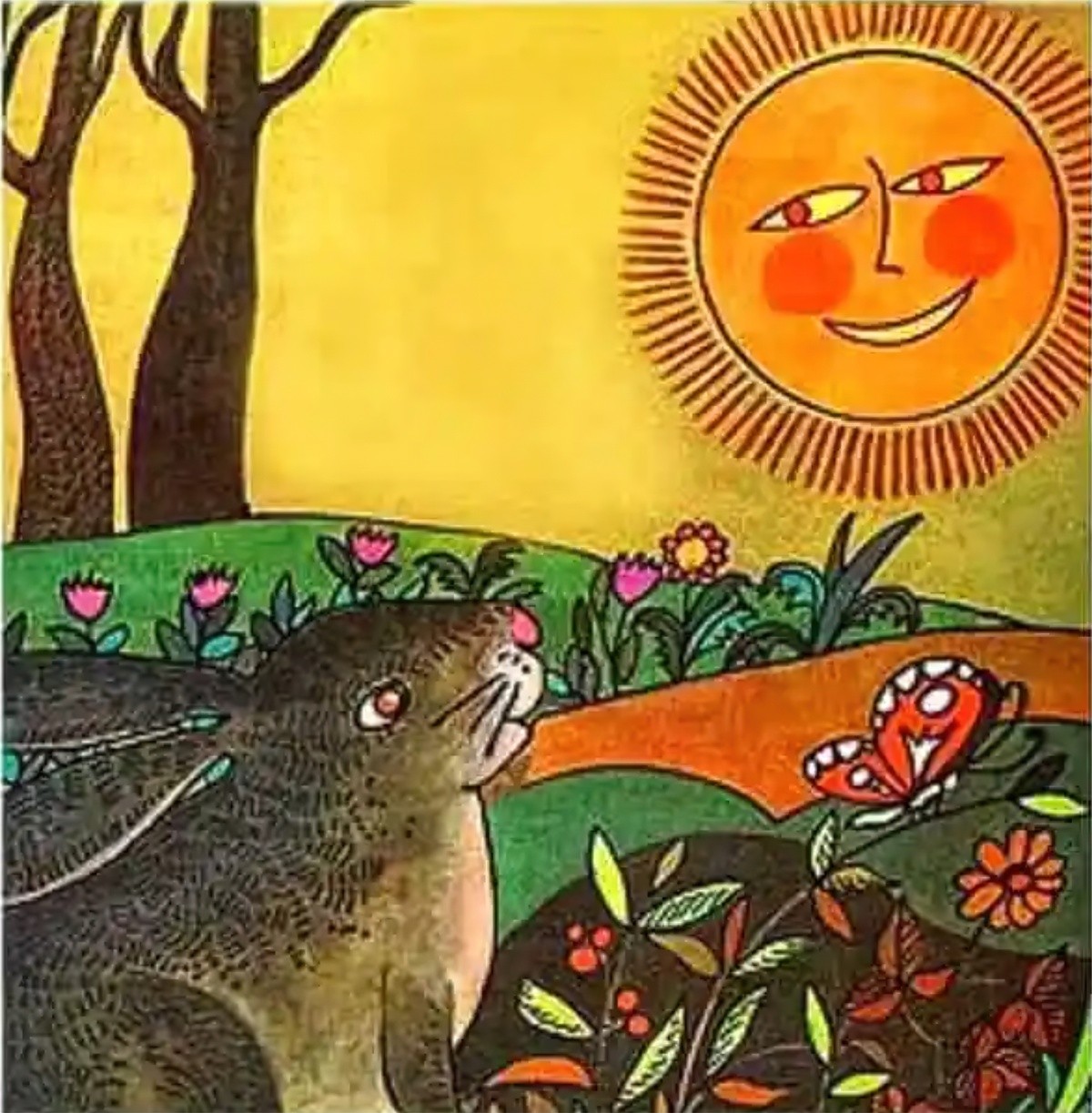
Different cultures view the sun differently. Ask a Western child to draw the sun and they will draw it yellow. Ask a Japanese child to draw the sun and they will draw it red. Our closest star is ‘actually’ white. I grew up in New Zealand and I drew it yellow. But when I lived as […]
-
Aerial Perspective In Picture Books
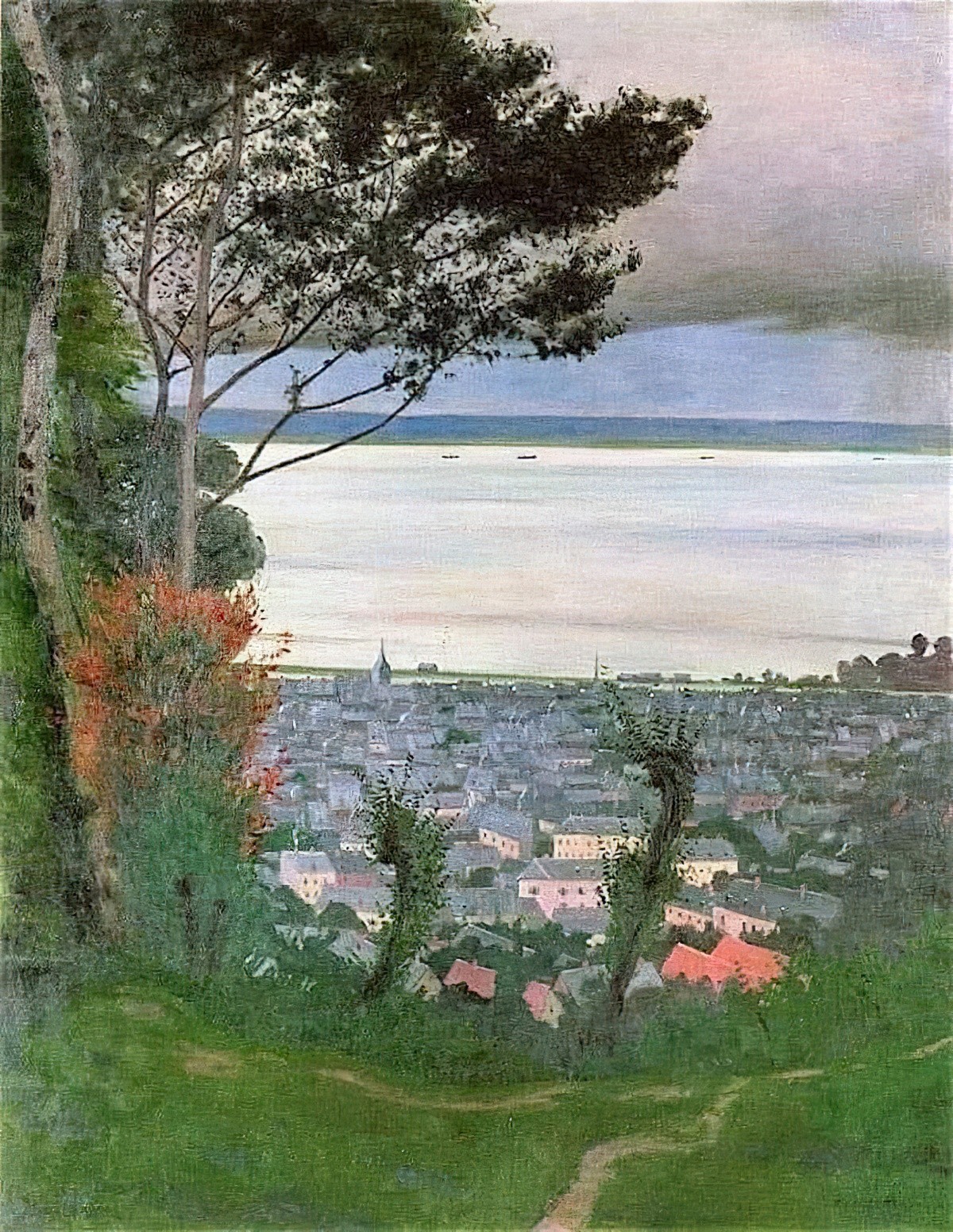
When looking at an image, how does the viewer get a sense of depth? The artist can add depth to an image using various tricks.
-
Upside-down Knitting In Picturebook Illustration
School Library Journal (Betsy Bird) posted an article about knitting as depicted in picture books — so often the knitting needles are coming out the top, whereas if you’ve ever knitted in real life you’ll know that the needles come out below the hands. This is a wonderful observation, and once you’ve noticed it you’ll […]
-
Moon Symbolism In Storytelling
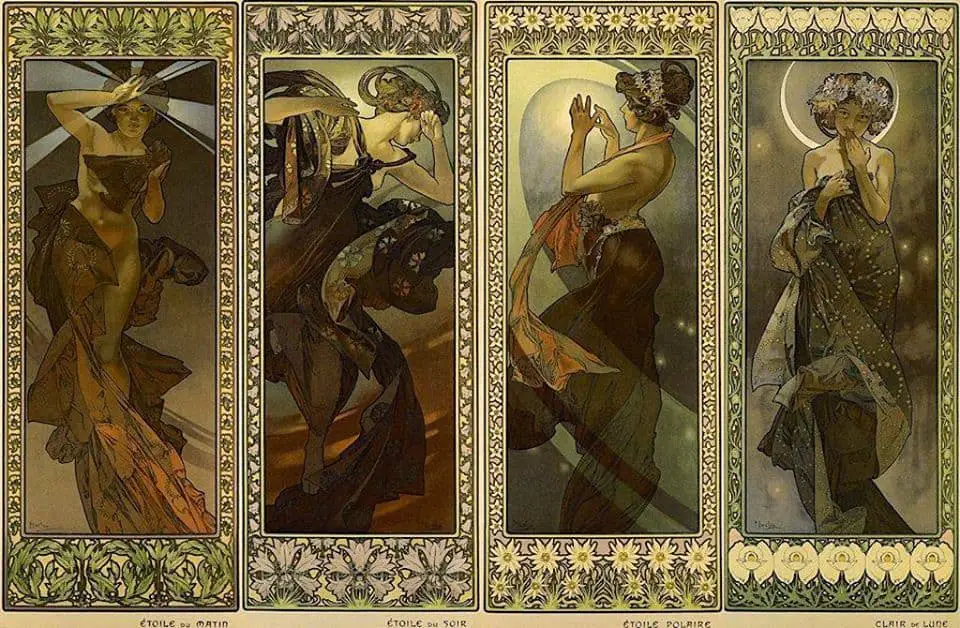
They wouldn’t be so cocky if they knew what me and the moon have going. Ken Kesey, One Flew Over the Cuckoo’s Nest OVERSIZED MOONS There is a rule that moons in picture books must be bigger than the look in real life, from anywhere on Earth. I didn’t fully realise this was a rule […]
-
Still Images In Picturebook Illustration
The ability to depict movement is perhaps the most important skill of a picture book illustrator. The same goes for comic book illustrators. But not everything is all about movement. Although a professional illustrator has to be good at depicting movement, there is a time and a place for ‘stills’, even inside ‘high-movement’ stories. Below I take a […]
-
Continuous Narrative Art In Picture Books
A continuous narrative is a type of visual story that illustrates multiple scenes of a narrative within a single frame. Multiple actions and scenes are portrayed in a single visual field without any dividers. The sequence of events within the narrative is defined through the reuse of the main character or characters. Continuous narrative emphasises the change […]